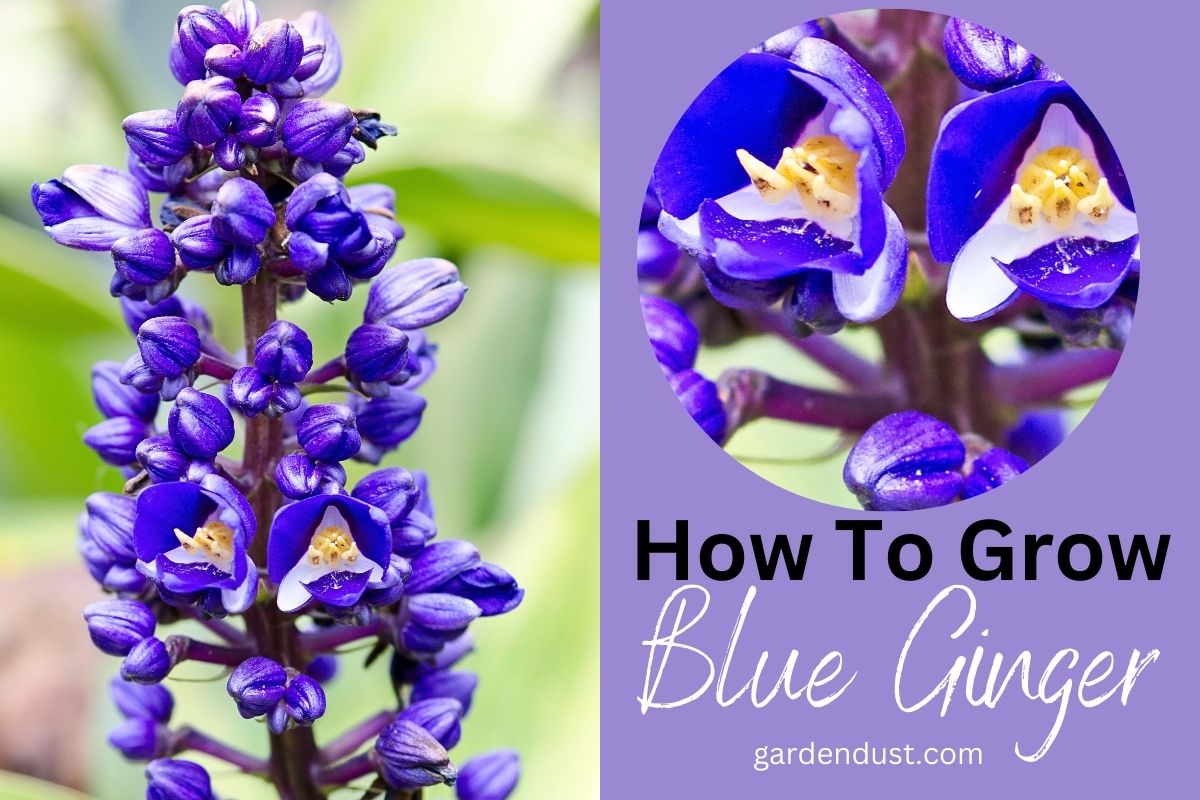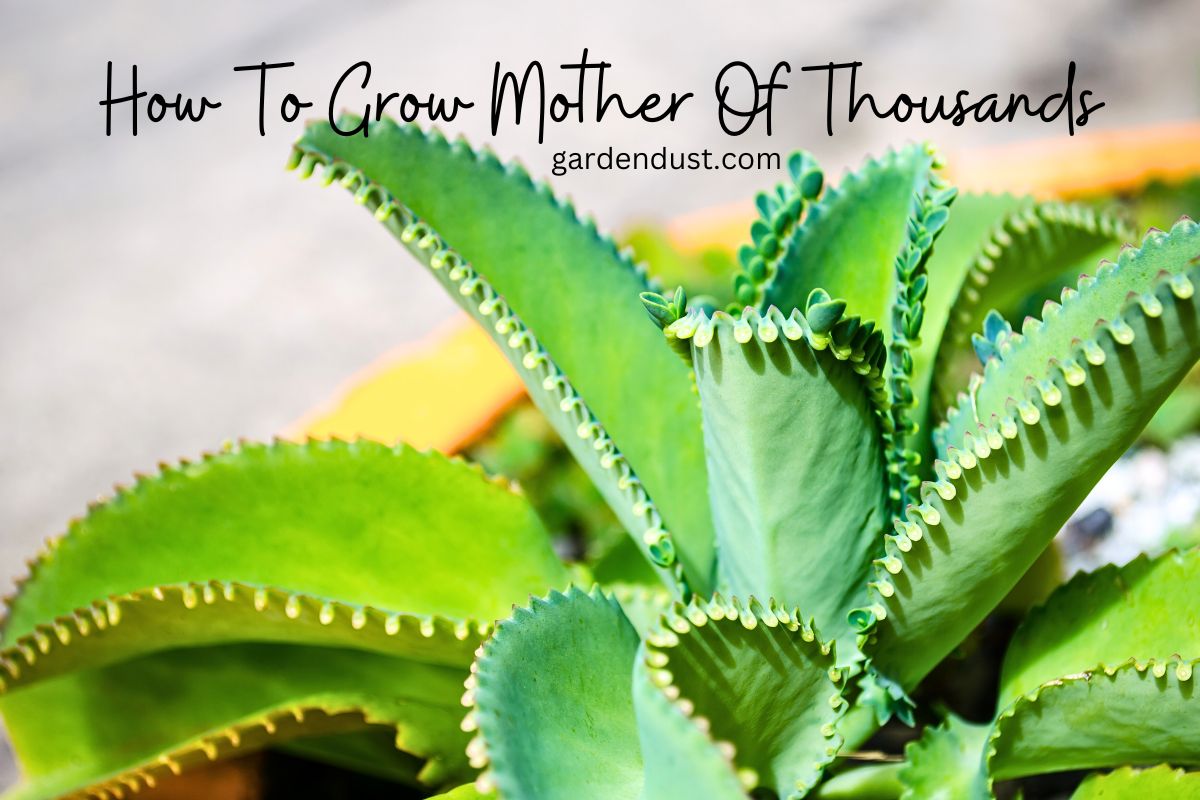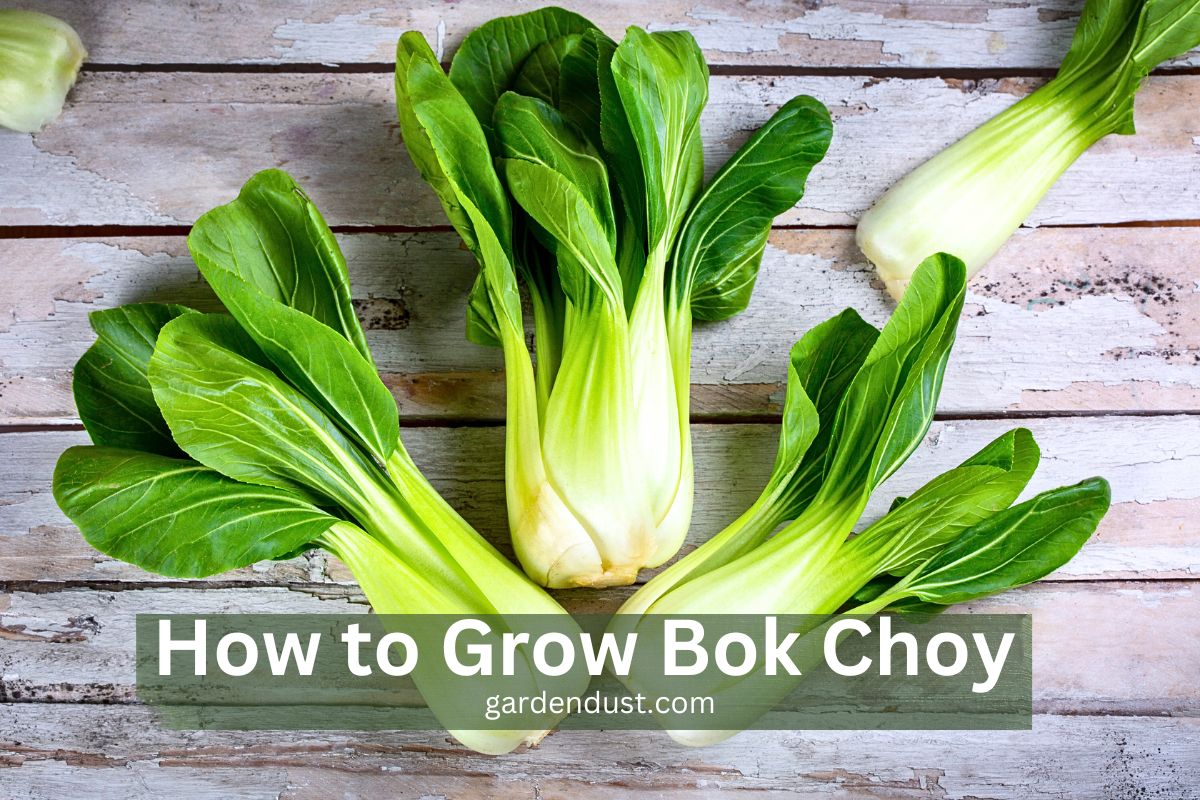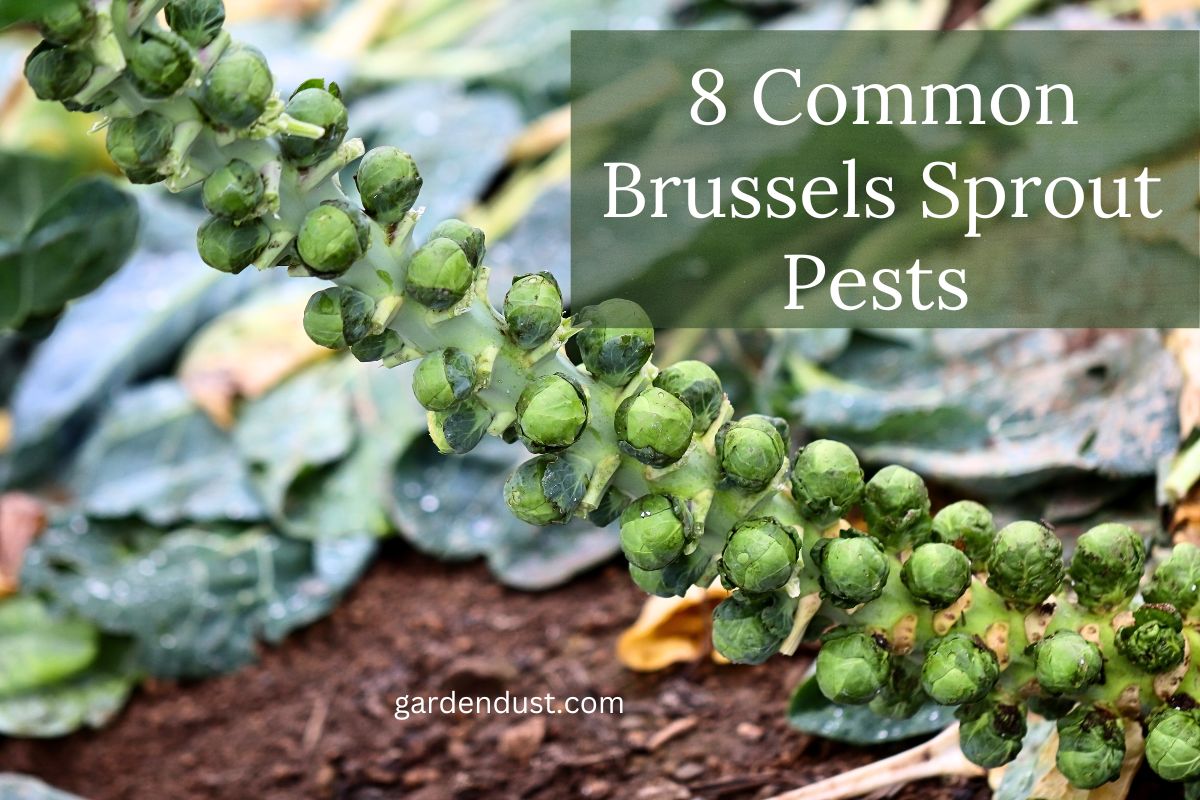Sunflowers are a popular plant for home gardens, as they are easy to grow and provide a burst of color and interest. They also attract bees and other pollinators, which can be beneficial for other plants in the garden. In addition, sunflowers are used in many cultural traditions and are a symbol of happiness, positivity, and good luck.
Native– North and Central America
Botanical Name– Helianthus annuus
Genus-Helianthus
Blooming time– summer and fall
Plant-
Leaf- Rough, hairy stems and large, broad leaves up to 4 inches (10 cm) thick near the base, and large, broad leaves that can be up to 2 feet (60 cm) long
Flowering annual plant having Soft, green stems
Height Grow up to 6 to 10 feet (1.8 to 3 meters)
Tall up to 15 feet (4.5 meters)
Flower –
Flower- large and showy
Flowers made up of numerous tiny flowers, called florets, that are arranged in a spiral pattern around a central disk.
The florets are yellow, with brown or black centers, and can be up to 12 inches in diameter.
Growing sunflowers in your backyard can be a fun and rewarding experience. Here are some steps to help you get started:
- Choose the right location:
Sunflowers require a lot of sun, so choose a spot in your backyard that gets at least 6 hours of direct sunlight per day. They also need well-drained soil, so avoid areas that tend to become waterlogged.
- Prepare the soil:
Sunflowers prefer loose, well-drained soil, so loosen the soil to a depth of at least 6 inches and add organic matter, such as compost, to improve soil quality.
- Plant the seeds:
sunflower seeds directly into the soil in late spring or early summer, once the soil has warmed up. Plant the seeds about 1 inch deep and 6 inches apart. If you want to plant multiple rows of sunflowers, space the rows about 2 to 3 feet apart.
- Water the seeds:
Water the seeds thoroughly after planting and then water regularly to keep the soil moist but not waterlogged. Sunflowers require about 1 inch of water per week, either from rainfall or irrigation.
- Provide support:
As sunflowers grow, they will need support to keep them from falling over. You can use stakes or a trellis to support the plants.
- Fertilize:
Sunflowers are heavy feeders and require regular fertilization. You can use a balanced fertilizer or one high in phosphorus to promote flower growth.
- Harvest the seeds:
Once the sunflowers have matured, the seeds will start to develop. Harvest the seeds by cutting off the flower heads and allowing them to dry out. Once the seeds are dry, remove them from the flower heads and store them in a dry, cool place.
By following these steps, you can successfully grow sunflowers in your backyard and enjoy their beauty and delicious seeds.
Harvesting
Sunflowers are harvested for their seeds, which are used for food, oil, and other products.The seeds are ready to be harvested when the flower heads have turned brown and the petals have fallen off. The seeds should be plump and firm to the touch, with a dark brown or black color.
To harvest the seeds, the flower heads can be cut from the stem and allowed to dry in a warm, dry place for a few weeks until the seeds are fully mature. Once the seeds are dry, they can be removed from the flower head by rubbing them against a rough surface or by using a special seed-cleaning machine.
Sunflower seeds can be roasted and eaten as a snack or used in baking, or they can be pressed to extract oil, which is used for cooking and in various industrial applications.
Common Pests And Disease of Sunflower
Sunflowers are generally a hardy and resilient plant, but they can be susceptible to a few common pests and diseases. Some of the most common pests that can affect sunflowers include:
Aphids: Small, pear-shaped insects that suck sap from the plant and can cause stunted growth and distorted leaves.
Sunflower moth: A small, gray moth that lays its eggs on the flower head, causing damage to the seeds and reducing the overall yield.
Sunflower beetle: A small, yellow or black beetle that feeds on the leaves and flowers of the sunflower plant.
Some of the most common diseases that can affect sunflowers include:
- Downy mildew: A fungal disease that causes yellow patches on the leaves and can reduce the overall yield of the plant.
- Sclerotinia: A fungal disease that can cause sunflower stalks to rot and flowers to wilt.
- Rust: A fungal disease that causes brownish-red spots on the leaves and can lead to defoliation.
Tips-To prevent or treat pest and disease problems in sunflowers, it is important to maintain good garden hygiene, such as removing infected plant material, controlling weeds, and avoiding overwatering. In some cases, chemical or organic treatments may be necessary to control severe infestations or infections.
Propagation of Sunflower
Sunflowers can be propagated from seeds, which are readily available at garden centers and online retailers. To propagate sunflowers from seed, you can follow these simple steps:
Choose a well-draining location with full sun and prepare the soil by removing any weeds and incorporating organic matter, such as compost or aged manure.
Sow the sunflower seeds directly into the soil in the spring, after the danger of frost has passed. Plant the seeds about 1 inch (2.5 cm) deep and 6 to 12 inches (15 to 30 cm) apart, depending on the variety.
Water the seeds well after planting and keep the soil moist until the seeds germinate, which usually takes about 7 to 14 days.
Once the sunflowers have germinated, thin them out to the desired spacing, which is typically 18 to 24 inches (45 to 60 cm) apart for most varieties.
Fertilize the sunflowers with a balanced fertilizer once or twice during the growing season to promote healthy growth and flowering.
Sunflowers can also be propagated from cuttings, but this is less common and requires more specialized techniques. It is generally easier and more reliable to grow sunflowers from seed.
Types of Sunflower
There are several types of sunflowers, which vary in size, color, and growth habit. Some of the most common types of sunflowers include:
- Dwarf sunflowers: These are smaller, compact varieties that are well-suited for container gardens or small spaces.
- Giant sunflowers: These are tall, large-flowered varieties that can grow up to 15 feet (4.5 meters) tall and have flower heads that are over a foot (30 cm) in diameter.
- Colored sunflowers: These varieties have unique coloration, such as red, orange, burgundy, or bi-colored petals.
- Pollenless sunflowers: These varieties have been bred to produce little to no pollen, which can be helpful for people with allergies.
- Edible sunflowers: These varieties are grown for their nutritious seeds, which can be eaten raw or roasted and are used to make sunflower oil and other food products.
- Decorative sunflowers: These varieties are grown for their ornamental value and are often used in cut flower arrangements or for landscaping purposes.
There are many other types of sunflowers available, including hybrid varieties that combine different traits or characteristics. When selecting a sunflower variety, it is important to consider factors such as the desired size, color, and growing conditions, as well as the intended use (such as for food, decoration, or landscaping). Happy Gardening….






